Being fortunate enough to have moved last year, I finally got a house with a garden. A dream of mine for over a decade.
First thought of the new garden was of course that I can’t wait to redesign the space and make it my own.
In my experience though, it always pays to wait a year and see what naturally pops up throughout the year as this may sway the design.
The most surprising thing I’ve found though is I’ve suddenly become a twitcher.
Having never greatly been worried about birds before (albeit finding them to be a fortunate by-product of gardening); the immense pleasure the whole family has found watching the birds at the newly-hung feeder on the Prunus has completely changed my mind as to how the redesign will go.
The new garden will be one geared to nature – to encourage as many birds, bees, insects and fauna as possible.
It really reinforced the idea that nature is powerful and should be worked with rather than against for shallow aesthetic gratification. A particular love is seeing the clan of yellowhammers descend, what wee characters!
Birds = Money?
Did you know that a rich mix of bird species in your neighbourhood makes the value of your house jump by £21,000?
I recently spoke to a company which performs hedonic pricing. This is a willingness to pay for an area assessment. It is the most commonly used economic valuation method for this purpose.
People essentially prefer green spaces. Green spaces therefore attract more visitors. More visitors means more retail and leisure spending. This in turn provides job, rental and sales opportunities.
I may be getting carried away here but you get the gist. Going back to our own gardens; trees and shrubs lead to birds.
How to attract birds to your garden
Plant trees and shrubs
So plant trees and shrubs people! Forget that awful artificial grass and hard paving monoculture. Give nature a hand and enjoy watching it thrive.
I have noticed in my garden out near Udny Green, a mix of birds including robins, house sparrows, blackbirds, coal tits, blue tits, yellowhammers and chaffinches.
There is of course the odd crow scavenging about and even a badger that has a midnight ransack now and again.
Keep your bird feeder topped up – especially during winter
I have two feeders for bird seed mix and two feeders for suet balls. The birds eat me out of house and home.
If I fill all four up it lasts about two days. I had colleagues say “Nah you’ve got mice or squirrels eating it” but I’ve quite honestly watched the feeders go down and down out the window every time I get up for a cup of tea.
In the morning when I head outside for the first time I can visibly see the flock of tiny birds spread out among the hawthorns and ash trees. They’re just waiting for me to fill up the feeder.
As soon I shut the door it’s like watching the SAS dive into action in a ram raid mission.
I make a point of feeding the birds during the hard winter months. In late spring to late autumn I leave them to their own devices.
Come November I start filling the feeders again and the garden is awash with darts of colour. The various pleasing chirps and cheeps ring out as dinner is served once more.
What to plant for birds? If you are keen to attract our feathered friends into your own garden you may be wondering what to plant.
Fear not as I have the answers, and you didn’t even have to Google it. An obvious place to start is with trees and shrubs with edible berries.
Bear in mind edible berries
Birds such as thrushes, blackbirds and redwings often feed on the berries of holly over winter.
Bear in mind though that holly needs a male nearby to pollinate a female in order for the female berries to be produced. Similarly, tasty berries for birds are found on the hawthorn.
It’s also enjoyed by chaffinches, starlings and greenfinches. Yet another tasty one for birds is the hips of roses such as Rosa rugosa and Rosa canina.
Lesser thought about are perhaps plants like the teasel (Dipsacus sylvestris) where the seedheads are devoured by sparrows and buntings.
Ivy (Hedera helix) is another lesser thought of plant which benefits birds like jays, waxwings and wrens. This is due to ivy flowers attracting insects in late autumn that birds like to consume.
Whatever it is you decide to plant in your garden, bear in mind the birds. You’ll be amazed how much you enjoy watching them perform their aerial acrobatics and their individual cheeky quirks.
Take care and happy gardening.
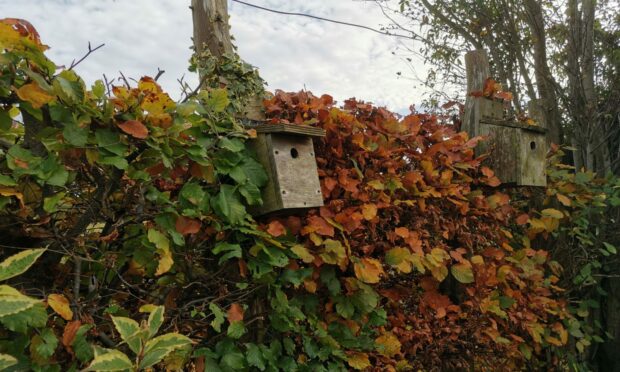
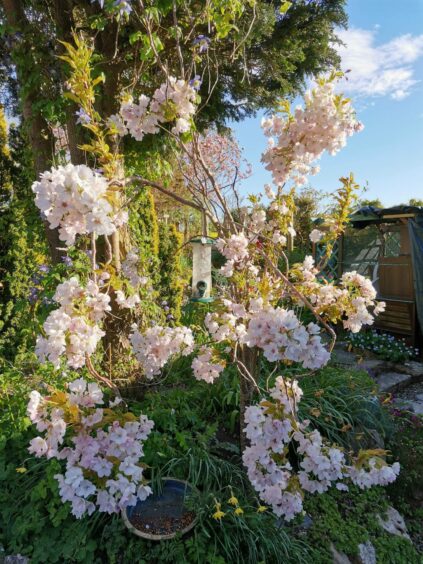
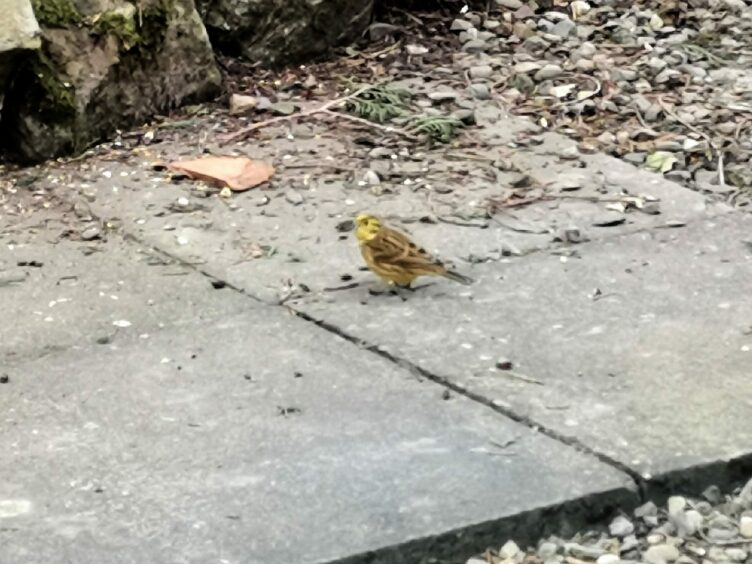
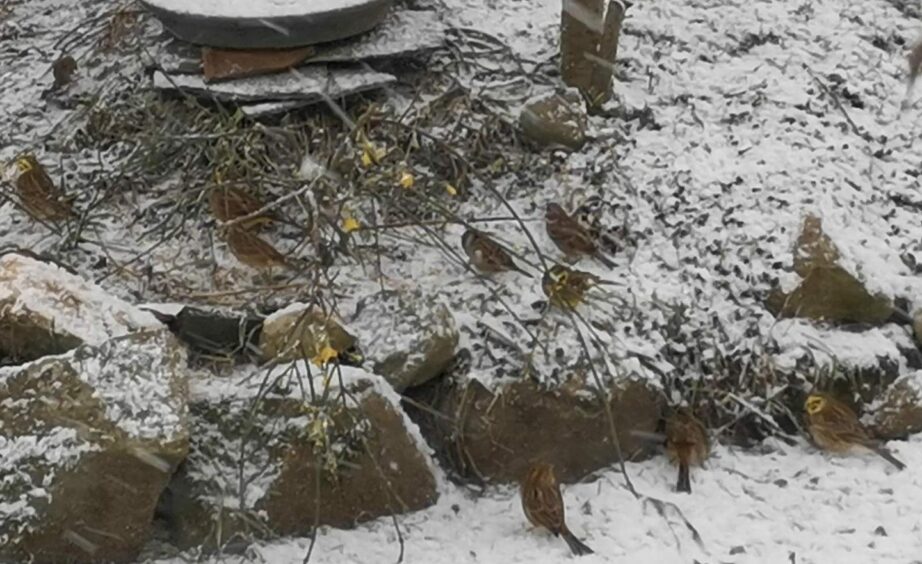
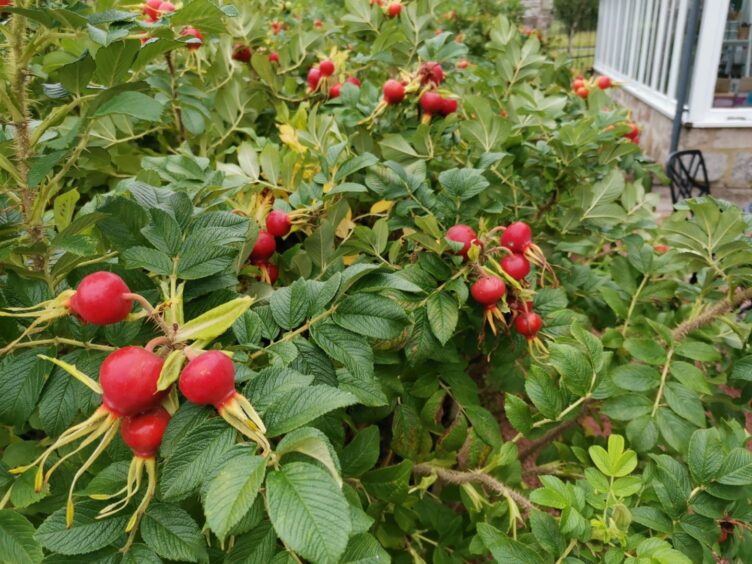
Conversation